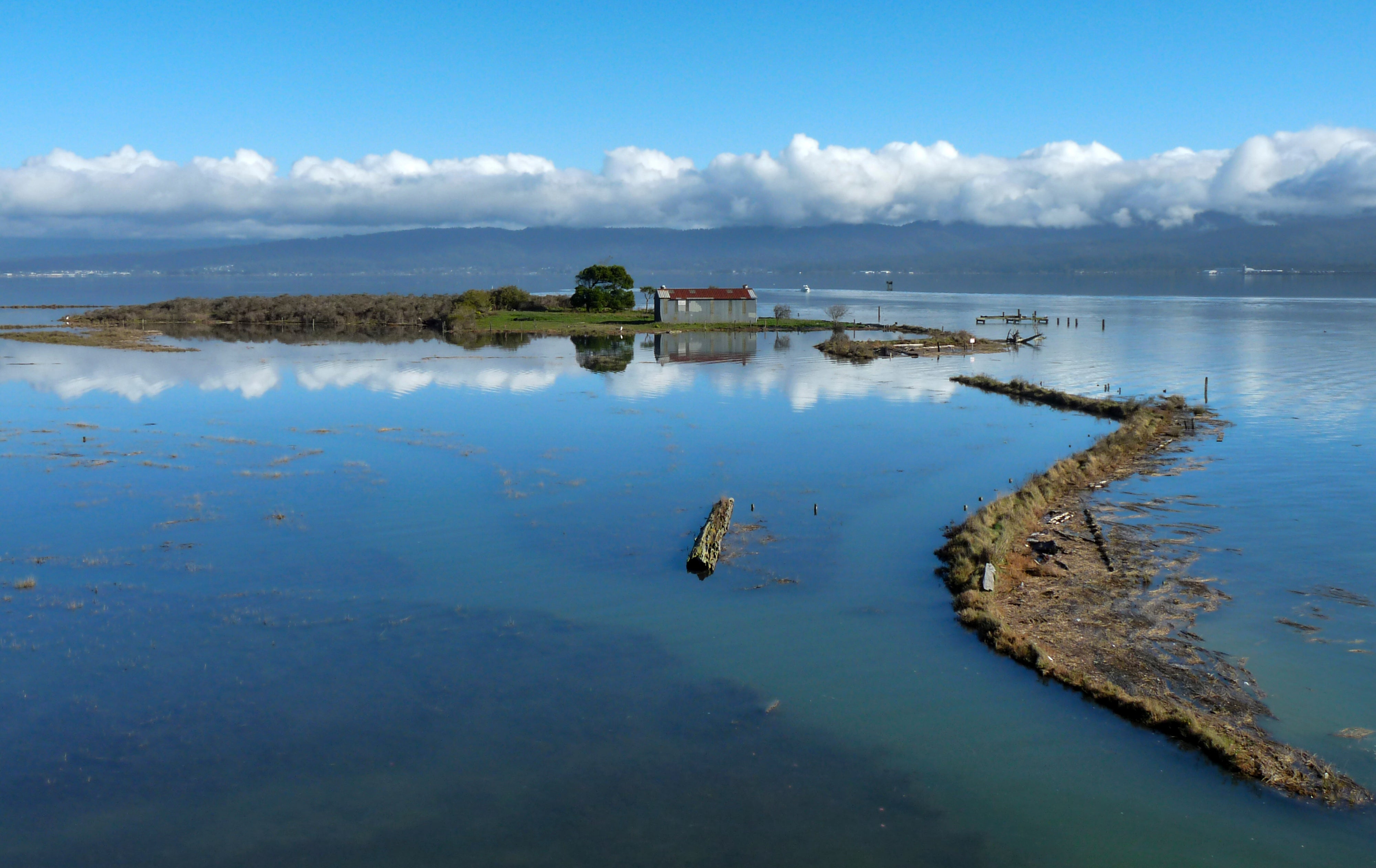California museum returns massacre remains to tribe
Members of the Wiyot Tribe were murdered by white settlers while asleep in February 1860

A California museum has returned the remains of at least 20 Native Americans killed in a massacre to their tribe.
The members of the Wiyot Tribe were murdered by white settlers while asleep in their Northern California villages in February 1860.
The remains of the victims of what became known as the Indian Island Massacre were recovered in 1953 after being found during the construction of a jetty in the city of Eureka.
A team from University of California, Berkeley collected the remains from the gravesites and put them in storage, along with 136 artefacts such as beads and shells buried with them.
“They’re going to be at peace and at rest with our other ancestors,” said Ted Hernandez, the Wiyot Tribe’s historic preservation officer.
“They’ll be able to reunite with their families.”
US federal law requires that institutions return to tribes items that were looted from sacred burial sites.
Cutcha Risling Baldy, a professor of Native American studies at Humboldt State University, said returning the sacred items provides healing to tribes.
“From a spiritual perspective, from a cultural perspective or even a human perspective, it’s hard to imagine the graves of your ancestors being dug up and then put into a museum,” she told the Associated Press.
“It kind of creates a mythology around Native people that we are somehow specimens, rather than people and human beings.”
The slayings took place after the men of the tribe left their island to hunt and fish for food during their World Renewal Ceremony.
Historians say that in the early hours the attackers paddled to the island from the mainland and killed the victims using knives, clubs and hatchets.
During a week of attacks as many as 500 people may have been killed, say experts.
The tribe began to try and get the remains returned in 2016 under the Native American Graves Protection and Repatriation Act.
UC Berkley, which holds the remains of 10,000 Native Americans, denied the request, citing a lack of evidence.
But last year the university system revised its repatriation policy, with the input of tribes, and a new committee at UC Berkley decided last autumn that there was enough evidence to return the items to the tribe.
The remains had been held by the university at its Hearst Museum of Anthropology.
Join our commenting forum
Join thought-provoking conversations, follow other Independent readers and see their replies
Comments
Bookmark popover
Removed from bookmarks